Growth in Veterinary Applications
The veterinary sector is witnessing a surge in demand for effective disinfectants and sterilization agents, which appears to benefit the Glutaraldehyde Market. Glutaraldehyde Market is extensively used in veterinary clinics and animal hospitals for sterilizing surgical instruments and disinfecting surfaces. The increasing awareness of animal health and welfare, coupled with the rising pet ownership rates, suggests a growing market for veterinary services. The Glutaraldehyde Market is projected to reach USD 50 billion by 2027, indicating a substantial opportunity for glutaraldehyde as a key disinfectant. Furthermore, the need for biosecurity measures in livestock management is likely to drive the adoption of glutaraldehyde in agricultural settings, thereby expanding its application scope within the Glutaraldehyde Market.
Expansion in the Pharmaceutical Sector
The pharmaceutical industry is experiencing notable growth, which seems to positively influence the Glutaraldehyde Market. Glutaraldehyde Market is employed in the production of various pharmaceutical products, particularly in the formulation of vaccines and other biologics. The increasing investment in pharmaceutical research and development, estimated to reach USD 200 billion by 2025, indicates a robust demand for glutaraldehyde as a preservative and sterilizing agent. Additionally, the rise in chronic diseases necessitates the development of new medications, further propelling the need for effective sterilization processes. As pharmaceutical companies prioritize safety and efficacy, the role of glutaraldehyde in ensuring product integrity becomes increasingly critical, thus enhancing its market presence.
Rising Demand in the Cosmetic Industry
The cosmetic industry is evolving, with a growing focus on product safety and efficacy, which seems to influence the Glutaraldehyde Market positively. Glutaraldehyde Market is utilized as a preservative in various cosmetic formulations, ensuring product stability and preventing microbial contamination. The Glutaraldehyde Market is projected to exceed USD 800 billion by 2025, indicating a significant opportunity for glutaraldehyde as a key ingredient. As consumers become increasingly aware of the importance of safe and effective cosmetic products, manufacturers are likely to seek reliable preservatives like glutaraldehyde. This trend may lead to an uptick in its usage within the cosmetic sector, thereby enhancing its market share in the Glutaraldehyde Market.
Increasing Use in Disinfection Processes
The rising emphasis on hygiene and sanitation across various sectors appears to drive the Glutaraldehyde Market. This compound is widely utilized as a disinfectant in healthcare settings, particularly in sterilizing medical equipment and surfaces. The demand for effective disinfectants has surged, with the market for disinfectants projected to reach approximately USD 10 billion by 2026. Glutaraldehyde Market's efficacy against a broad spectrum of pathogens makes it a preferred choice in hospitals and clinics. Furthermore, its application extends to laboratories and research facilities, where stringent sterilization protocols are essential. As awareness of infection control measures continues to grow, the reliance on glutaraldehyde for disinfection purposes is likely to increase, thereby bolstering the Glutaraldehyde Market.
Technological Advancements in Manufacturing
Technological innovations in the production processes of glutaraldehyde appear to be a driving force for the Glutaraldehyde Market. Advances in manufacturing techniques, such as improved synthesis methods and enhanced purification processes, may lead to higher quality products and reduced production costs. These developments could potentially increase the competitiveness of glutaraldehyde in various applications, including healthcare, pharmaceuticals, and industrial uses. Moreover, the integration of automation and digital technologies in manufacturing is likely to streamline operations, further enhancing efficiency. As manufacturers strive to meet the growing demand for glutaraldehyde, these technological advancements may play a crucial role in shaping the future landscape of the Glutaraldehyde Market.
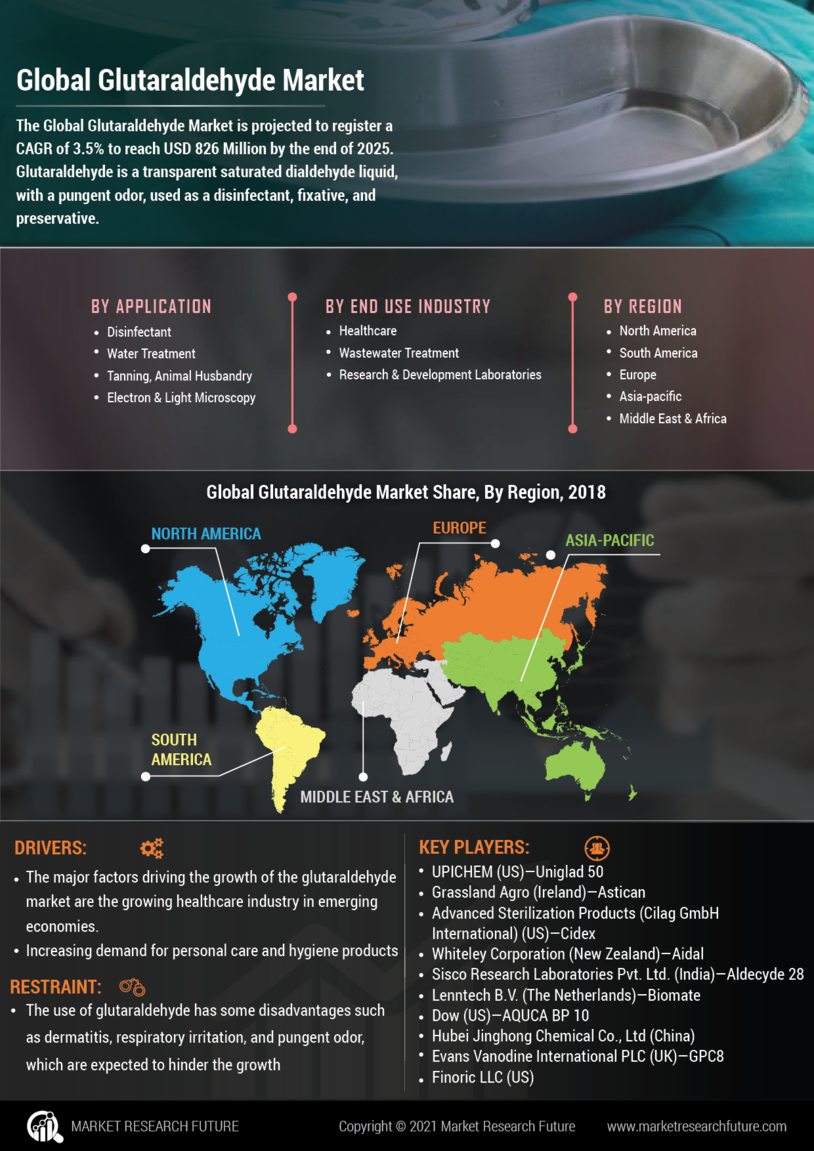

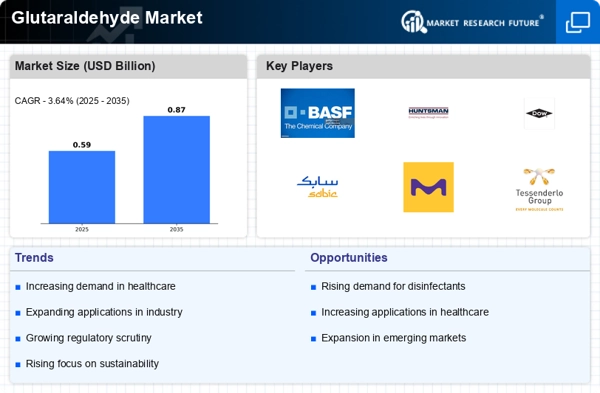
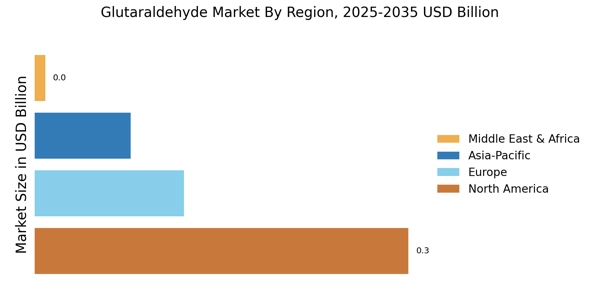
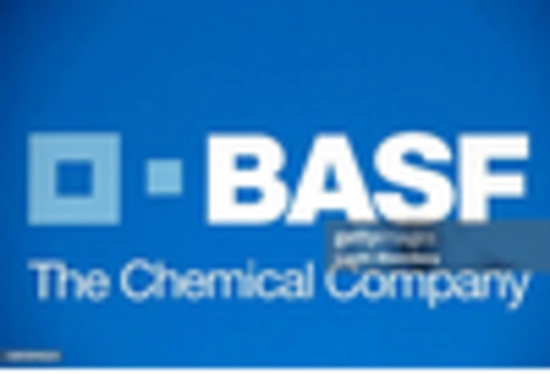
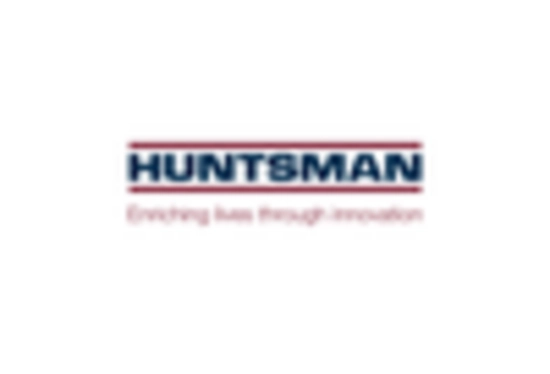
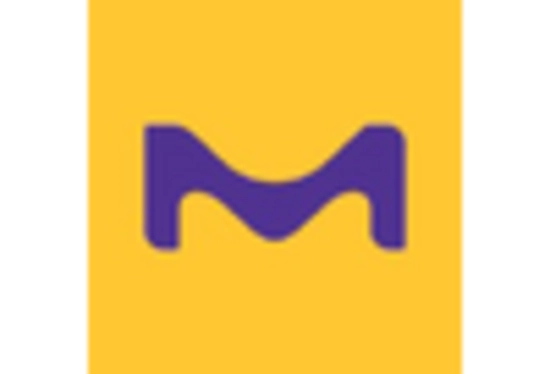
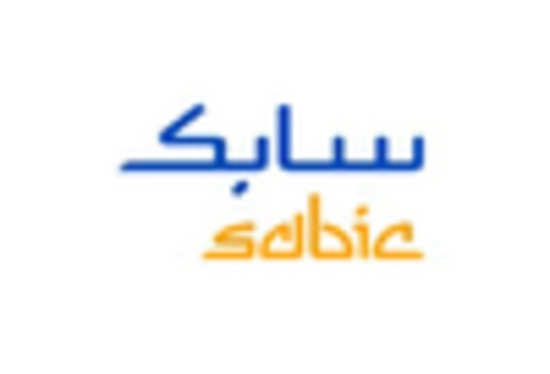
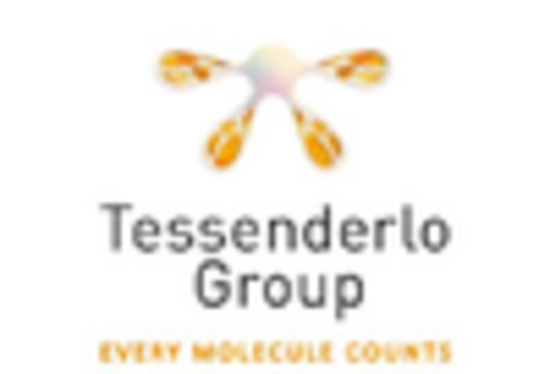









Leave a Comment